A good barre instructor is more than just the exercises they teach. Throughout our Barre Intensity instructor certification, we stress, it's not what you teach but how you teach it. Creative choreography is coveted amongst barre instructors, but creativity means little when it is not taught with purpose. Read on to hear about our three ways to effectively teach barre exercises.
Beat Matching
People naturally want to move to the beat of the music so if a barre instructor doesn’t move to the beat, it can kill the vibe. One of our ten Barre Intensity principles is to “teach to the beat of the music". Music is the backbone of our barre classes because it makes classes more enjoyable, reduces the perception of effort and it helps to increase endurance.
In a Barre Intensity class, you’ll find instructors teaching anywhere from 124-136 BPM (beats per minute). While our classes are not pre choreographed down to the 8 count, we do stress every exercise starting and ending on a beat.
Seamless Flow
Class flow has everything to do with how an instructor transitions from one exercise to the next. Smooth transitions aid with overall class intensity and makes class more enjoyable by keeping it moving. During your Barre Intensity Instructor Training process you’ll hear us talk about “active transitions”. This means keeping at least one part of the body moving or contracted while teeing up your next exercise. A way a barre instructor can improve flow is to LAYER their exercises. Start off simple with the choreography and add one another working muscle group or variation of choreography at a time.
Alignment
Head, shoulders, knees and toes, knees and toes….ah, alignment. Alignment is the most important item to consider when teaching your barre exercises. When alignment is in check, exercises are safer and more effective. Barre Intensity instructor certifications focus on proper alignment in the following categories: spine, pelvis, shoulders, hips, knees, toes, and ribcage.
A great barre instructor knows the verbal cues to set up each exercise for success, and also how to tailor the verbal and manual cues based off of the bodies in front of them.
Maybe you’re ready to start your own barre training path today or fine-tune your current skills in the classroom as a barre instructor. If so, check out all of our certifications, workshops, full-classes, tracks, props workshops, and more below.




